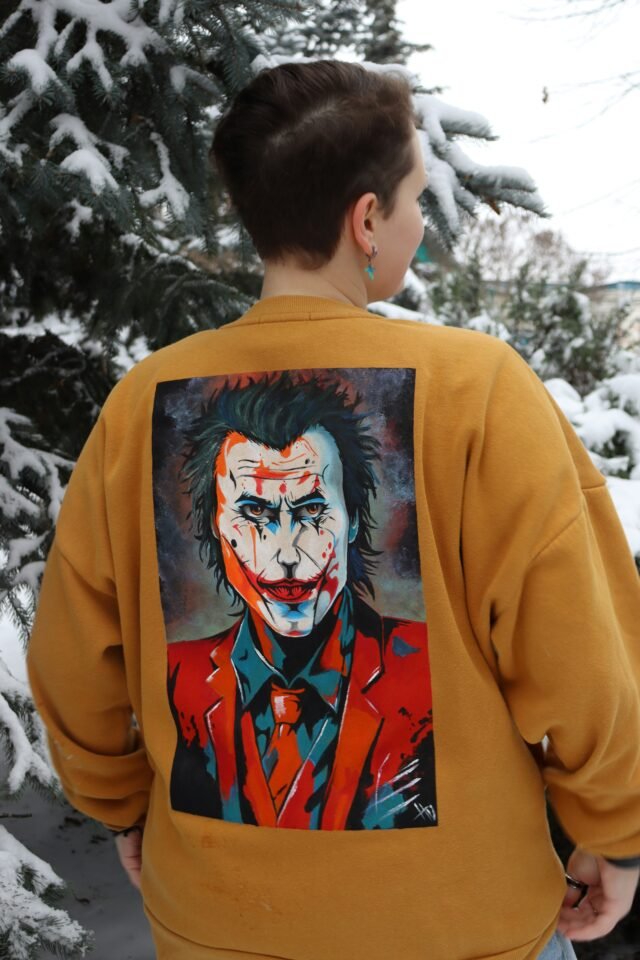The fashion industry stands at a remarkable crossroads where traditional craftsmanship meets cutting-edge technology. As we witness an unprecedented digital transformation, the convergence of style and innovation has created new opportunities for designers, celebrities, and fashion enthusiasts alike. This evolution is particularly evident in celebrity fashonic and specialized collections like luxury jackets, where digital innovation is redefining how we create, showcase, and consume fashion.
The Digital Revolution in Fashion
The fashion landscape has undergone a seismic shift in recent years, with digital technologies becoming integral to every aspect of the industry. From design conception to consumer interaction, technology has revolutionized how fashion operates. This transformation extends far beyond simple e-commerce platforms, encompassing virtual reality experiences, artificial intelligence-driven design processes, and blockchain-powered authenticity verification.
Digital innovation has democratized fashion in unprecedented ways. Social media platforms have transformed ordinary individuals into style influencers, while celebrities leverage digital channels to directly connect with their audiences. This direct-to-consumer approach has eliminated traditional gatekeepers, allowing for more authentic and immediate fashion conversations.
The integration of technology has also enhanced sustainability efforts within the fashion industry. Digital design tools reduce waste in the prototyping phase, while virtual try-on technologies minimize returns. These innovations align with growing consumer consciousness about environmental impact, creating a more responsible fashion ecosystem.
Celebrity Fashion in the Digital Age
Celebrity fashion has evolved from red carpet moments to 24/7 digital storytelling. Today’s celebrities curate their style narratives through Instagram posts, TikTok videos, and virtual appearances, creating constant touchpoints with their audiences. This shift has fundamentally changed how celebrity fashion influences mainstream trends and consumer behavior.
Digital platforms have enabled celebrities to become fashion entrepreneurs, launching their own lines and collaborating directly with designers. The immediacy of digital communication allows for real-time fashion moments that can instantly impact global trends. When a celebrity wears a particular jacket or accessory, the ripple effect through social media can drive immediate consumer demand and influence design directions across the industry.
The democratization of celebrity fashion through digital channels has also created new opportunities for emerging designers. Celebrities can now discover and promote lesser-known brands through their digital platforms, creating a more diverse and inclusive fashion landscape. This phenomenon has particularly benefited specialized fashion categories like statement jackets, where unique designs can gain global recognition through a single celebrity endorsement.
Technology-Driven Design Innovation
The design process itself has been revolutionized by digital technologies. Computer-aided design (CAD) software allows designers to create intricate patterns and visualize garments before physical production begins. This capability is particularly valuable in jacket design, where complex construction details and fit considerations require precise planning.
3D modeling and virtual prototyping have streamlined the development process, allowing designers to experiment with different materials, colors, and silhouettes without creating physical samples. This technology has proven especially beneficial for celebrity fashion, where custom pieces often require multiple iterations to achieve the perfect fit and aesthetic.
Artificial intelligence has emerged as a powerful tool for trend prediction and consumer preference analysis. Machine learning algorithms can analyze vast amounts of social media data, runway images, and sales information to identify emerging trends and predict future fashion directions. This capability enables designers and brands to create collections that resonate with their target audiences while staying ahead of market demands.
The Rise of Digital Fashion Experiences
Virtual and augmented reality technologies have created entirely new categories of fashion experiences. Virtual fashion shows have become increasingly sophisticated, offering immersive experiences that rival traditional runway presentations. These digital events have proven particularly valuable during global disruptions, ensuring that fashion weeks and product launches can continue regardless of physical limitations.
Augmented reality applications allow consumers to virtually try on garments, including complex items like jackets, before making purchases. This technology addresses one of the primary challenges of online fashion retail: ensuring proper fit and style compatibility. The ability to see how a jacket looks and fits in real-time has significantly improved consumer confidence in online fashion purchases.
Digital fashion has also emerged as its own category, with designers creating garments that exist only in virtual spaces. These digital-only pieces have found particular appeal among younger consumers who value unique digital expressions of personal style. Celebrity endorsements of digital fashion pieces have further legitimized this emerging market segment.
Sustainability Through Digital Innovation
The fashion industry’s environmental impact has driven significant innovation in sustainable practices, many of which are enabled by digital technologies. Digital design tools reduce material waste during the development process, while advanced manufacturing technologies enable more efficient production methods.
Blockchain technology has introduced new possibilities for supply chain transparency and authenticity verification. Consumers can now trace the journey of their garments from raw materials to finished products, ensuring ethical sourcing and authentic craftsmanship. This transparency is particularly valuable for luxury items like designer jackets, where authenticity and provenance are crucial factors in consumer decision-making.
Digital platforms have also facilitated the growth of circular fashion initiatives. Online marketplaces for pre-owned luxury items, including celebrity-worn pieces, have created new avenues for fashion consumption that extend garment lifecycles and reduce environmental impact.
The Future of Celebrity Fashion Collections
Celebrity fashion collections are increasingly incorporating digital elements that enhance consumer engagement and brand storytelling. Limited edition releases are often accompanied by digital experiences, such as virtual styling sessions or behind-the-scenes content that provides insight into the design process.
The concept of digital twins – virtual replicas of physical garments – is gaining traction in celebrity fashion collections. These digital versions can be used for marketing, virtual styling, and even as collectible digital assets. The integration of non-fungible tokens (NFTs) with fashion pieces has created new revenue streams and engagement opportunities for celebrity brands.
Personalization technologies are enabling celebrity fashion brands to offer customized experiences at scale. AI-driven recommendation engines can suggest styling options based on individual preferences, while 3D body scanning technologies ensure perfect fit for custom pieces.
Challenges and Opportunities
The intersection of fashion and technology presents both exciting opportunities and significant challenges. Privacy concerns related to body scanning and personal data collection require careful consideration and robust security measures. The rapid pace of technological change also demands continuous learning and adaptation from fashion professionals.
However, the opportunities far outweigh the challenges. Digital innovation has democratized fashion creation and consumption, enabled more sustainable practices, and created new forms of creative expression. The future promises even more exciting developments as technologies like artificial intelligence, virtual reality, and blockchain continue to mature.
Conclusion
The fusion of style and digital innovation represents one of the most significant transformations in fashion history. As we navigate this intersection, we see new possibilities emerging for creativity, sustainability, and consumer engagement. Celebrity fashion and specialized collections like luxury jackets serve as laboratories for these innovations, often pioneering new approaches that later become industry standards.
The fashion industry’s digital future is not just about technology for its own sake, but about using innovation to create more meaningful, sustainable, and accessible fashion experiences. As we continue to explore these possibilities, the boundary between physical and digital fashion will continue to blur, creating new opportunities for expression and connection.
The journey toward this digitally-enhanced fashion future requires collaboration between technologists, designers, and consumers. By embracing innovation while maintaining respect for craftsmanship and sustainability, the fashion industry can create a future that honors its rich heritage while embracing unlimited possibilities for creative expression and meaningful connection.
In this evolving landscape, platforms like Fashonic.us play a crucial role in documenting, analyzing, and celebrating the intersection of style and innovation, helping fashion enthusiasts navigate this exciting new territory where creativity knows no bounds.







